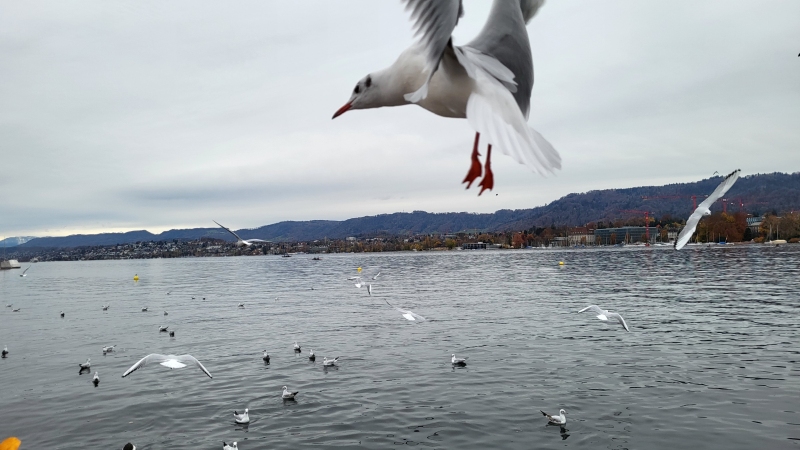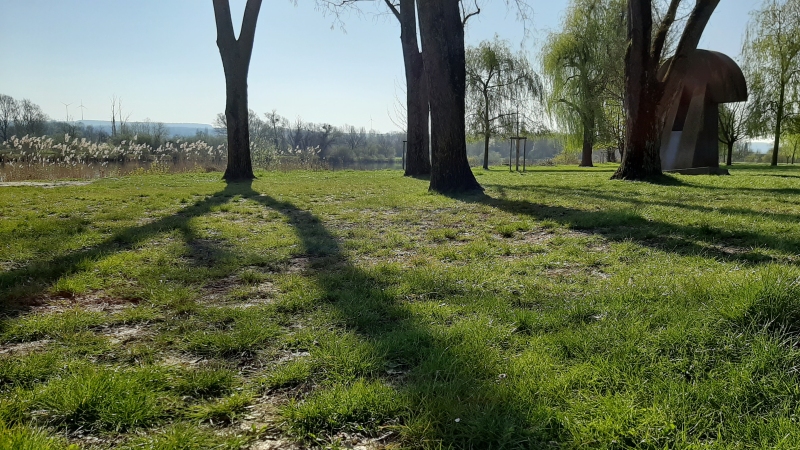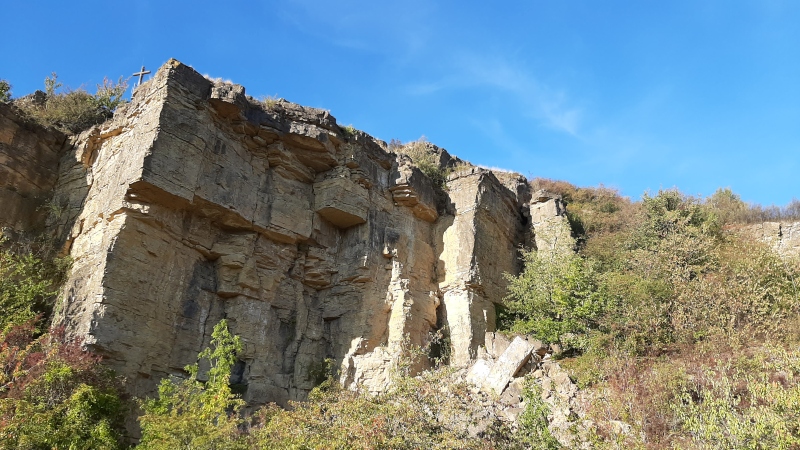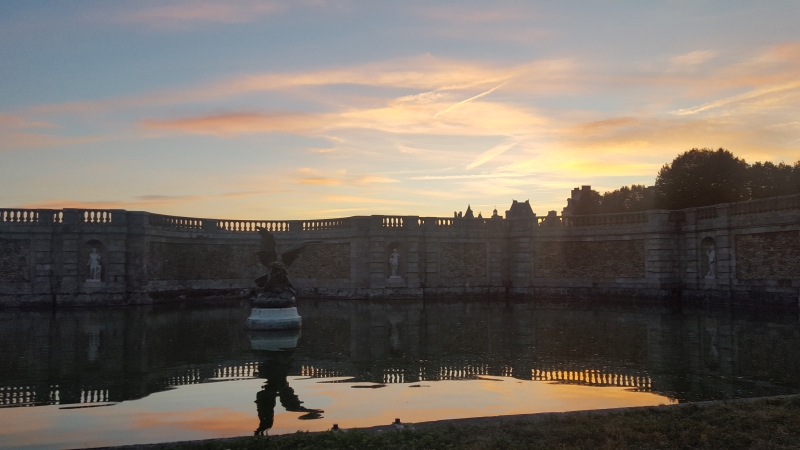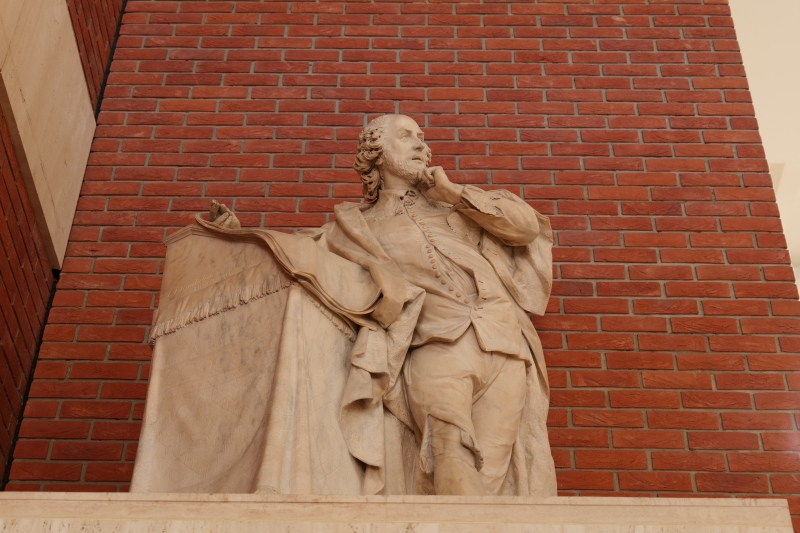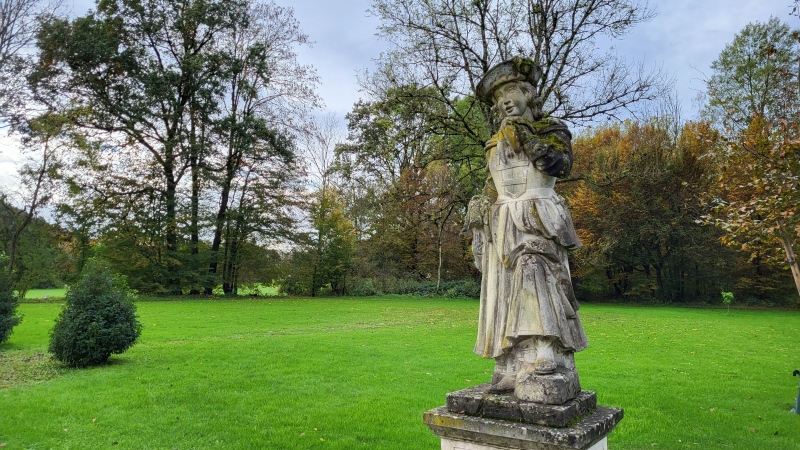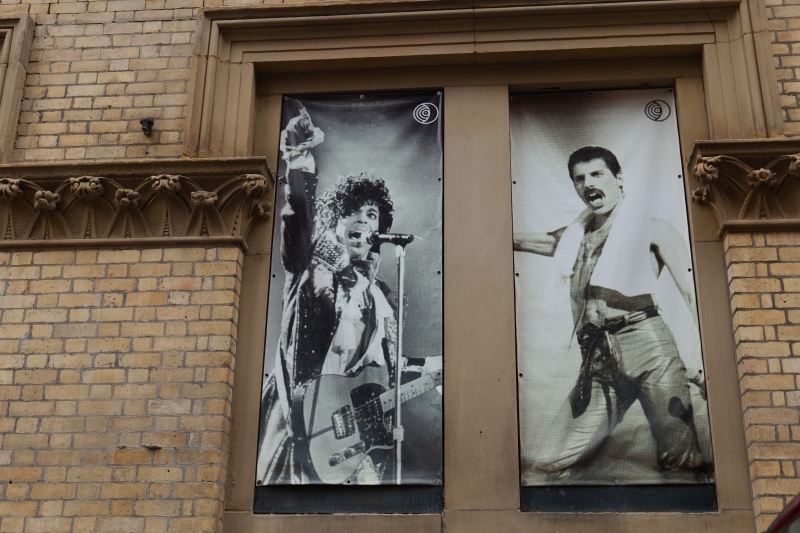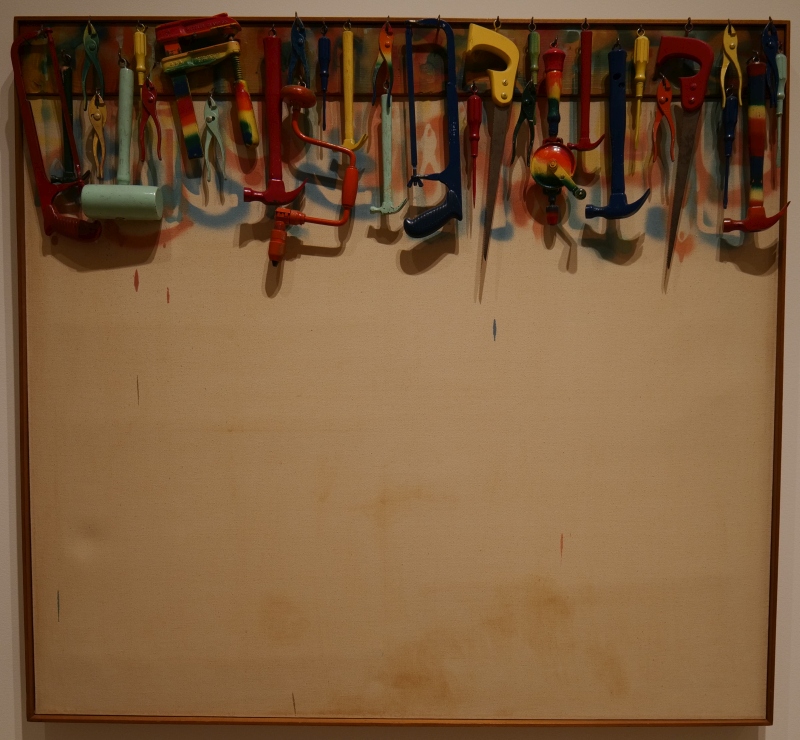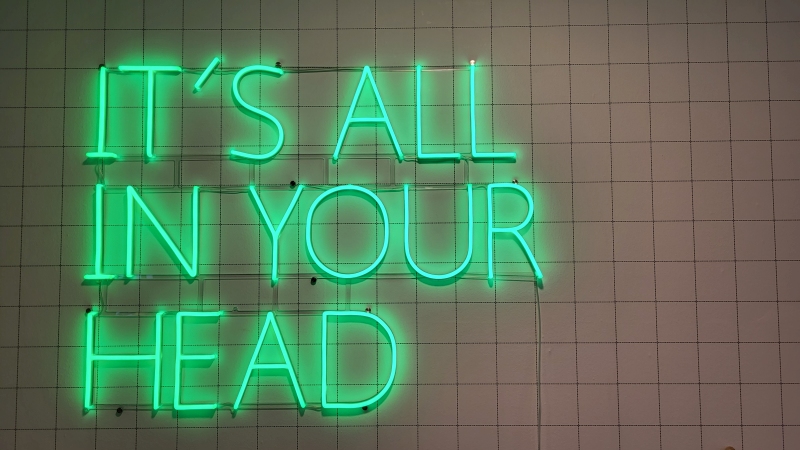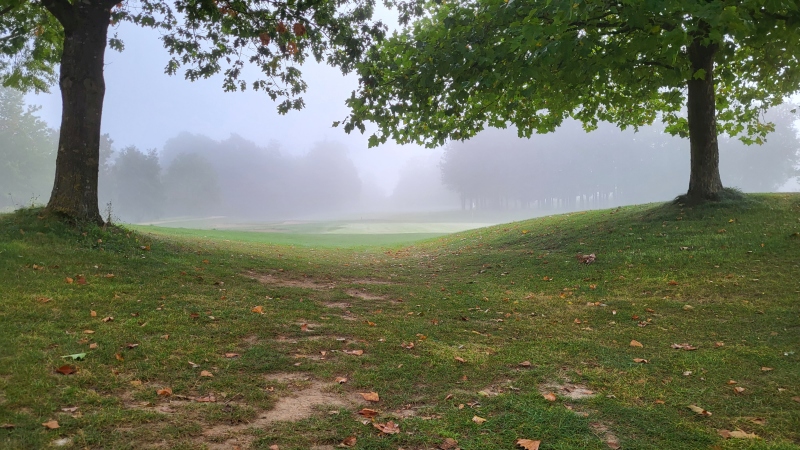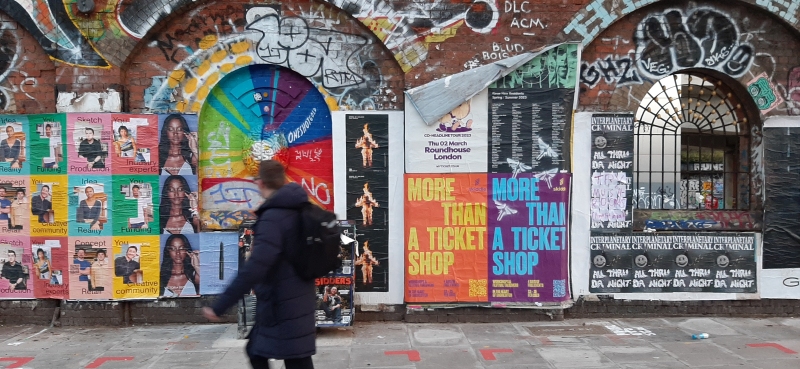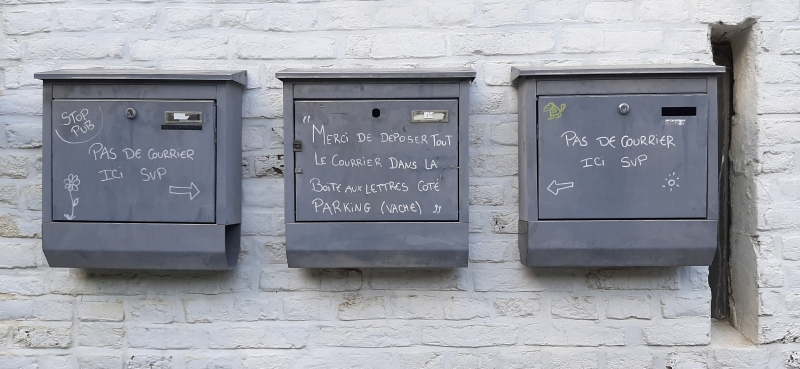Useful, works, and right
There are many approaches to dealing with a situation.
One can see a problem and imagine a solution to get rid of the problem. One that deals with the problem and provides a visible sign that it is solved. And yet, a question many will ask themselves once it’s solved is how temporary the solution is.
Another way to look at the situation is to look for a useful reaction. That’s an approach that sees a problem and seeks to solve it by placing it in a context. Seen from the perspective of that context the solution may then be understood as a useful solution. Dealing with the problem goes beyond wanting to get rid of it and seeks to serve a purpose, one that is becoming apparent. It will require time to know if it did serve that purpose.
The most complex approach is to seek to do it right. It starts with the assumption that there is a right solution and possibly even one that will be perceived as the right one by others. The ambition is to determine that solution. But it also is a challenge as this approach requires juggling with many variables that can take the solution far beyond something practical, useful, and tangible. However, on a level of abstraction, it can provide an answer to how it should happen. It thus can serve as an orientation easing a way to distinguish between desirable and practical.
Whatever the choice, there doesn’t seem to be a perfect solution or one that serves all objectives. Whatever the approach, there is a drawback.
So, maybe that’s what the choice can be about. What is the most acceptable drawback?





























































